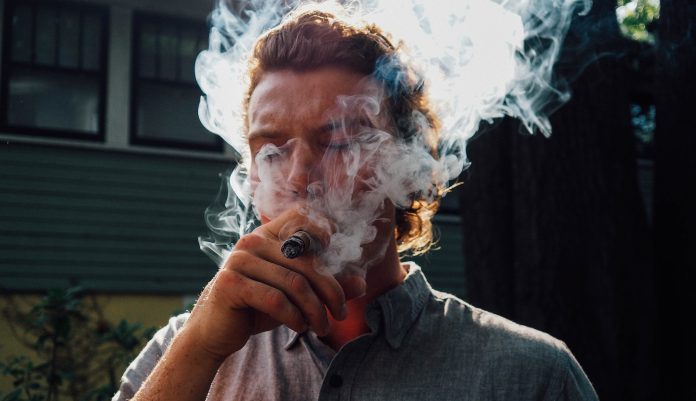So you want to smoke cigars! Congratulations! You’re about to enter a world of incredible tastes! But getting into something as varied and complex as cigars can be intimidating. We decided to put together a little guide to help newcomers!
Cigars vs Cigarillos
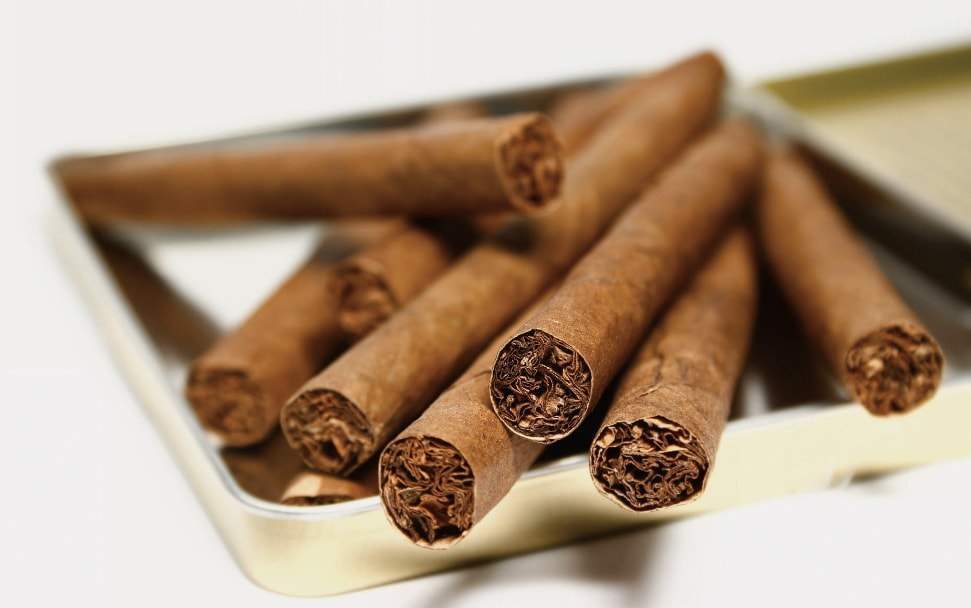
A common question. It’s usually easy to identify a cigar or a cigarillo just by size. Cigarillos are considered small cigars, but the difference is deeper than size. Most of what we call premium cigars use whole tobacco leaves in their blending and are rolled by hand. Cigarillos use cut tobacco, sometimes from the blending process of regular cigars, as filler and are usually machine-made.
Cigars vs Cigarettes
While both use tobacco, they are worlds apart. Cigarettes, like cigarillos, are made using finely cut tobacco and tightly rolled. The largest difference is in what’s added. Cigarettes are often chemically treated and filtered to add flavor and aroma, using additives to change the tobacco. Cigars are created using whole tobacco leaves, which are fermented to bring out a host of natural flavors. The lack of a filter allows the smoker to experience the more full-bodied aspects.
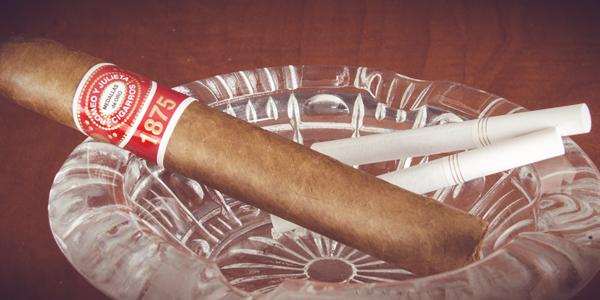
Cigar strength
Speaking of full-bodied, new smokers often wonder about the power of a cigar’s profile. The technical definition comes from the actual amount of nicotine within the blend. What’s considered mild often has very little nicotine. Medium-bodied ones usually contain an average amount of nicotine. While full-bodied tobacco has large quantities of it. As someone who was once a beginner with cigars, believe me when I say you should start with mild. Full-bodied cigars can be very overwhelming if you’re not used to the strength, and can make one a little nauseous. Those who become accustomed to it enjoy the way the nicotine mingles with the distinct taste of each cigar.
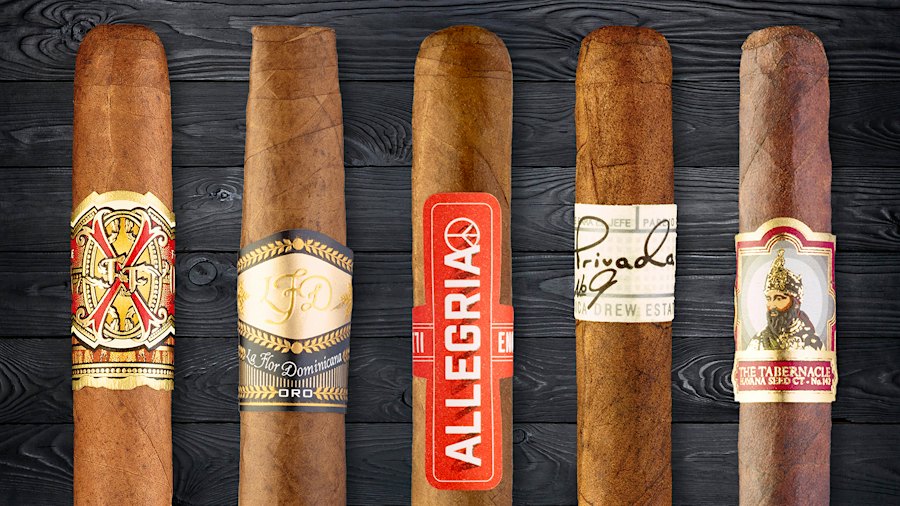
Cigar Flavors
This one can be tricky, as most cigars do have flavors, but not all of them are “flavored” cigars. We’ll make it simple, flavored or infused cigars have an extra step in the process where unique flavors and aromas are specifically added to the tobacco through a variety of methods. Regular cigars acquire natural flavors through the soil it was grown, the conditions of the growth process, the harvest, the blending, the aging, and fermentation.
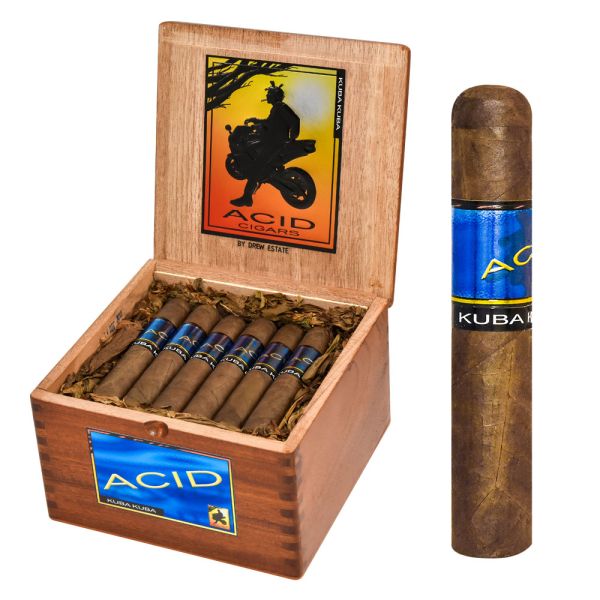
Cigar Wrappers
One of the biggest factors that can influence a cigar’s flavor profile is its wrapper. It’s a common misconception that the darker a cigar wrapper, the more powerful the tobacco. While there are plenty of dark shade cigars will full-bodied profiles, the two are not directly related. For simplicity, let’s split wrappers into four main types. Habano, Connecticut shade, Corojo, and Maduro. Habano might be considered the in-between wrapper that’s used for a large amount of complex blends. Connecticut shade is golden in color and associated with milder blends. Be careful though, a Connecticut shade does not mean it’s going to be mild. A Corojo wrapper is slightly darker than a Connecticut, with a reddish brown hue, and can have a certain peppery spice to it. The Maduro wrapper is a darker brown or blackened hue and comes from fermenting the leaf for a longer period. The extra aging often adds even more intricate tastes
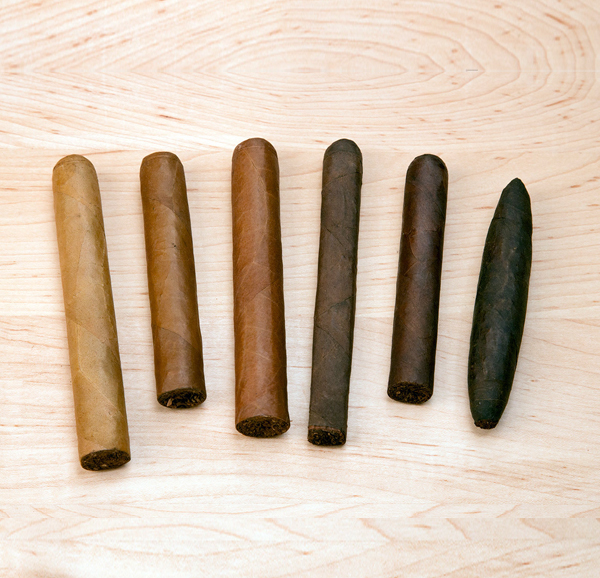
What Cigar is Right for me?
Maybe the toughest question of all, because there isn’t a right or wrong answer! If you enjoy a cigar, then it’s the right one for you! Experiment, try different blends to see what catches your eye. A lot of new smokers often try infused cigars first to sample more familiar tastes. It’s pretty common to search for a chocolate or coffee-flavored cigar. There are quite a few brands that meet that description, enjoy!



